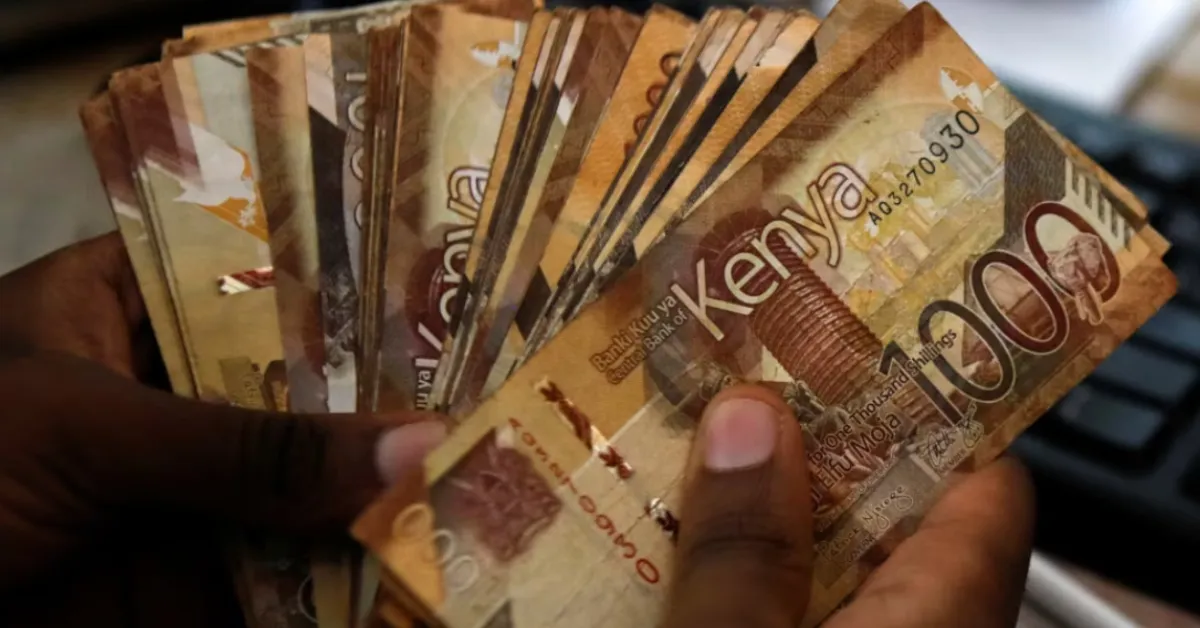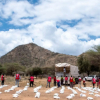Diaspora Remittances Surpass Exports in Kenya as Inflows Near Sh605 Billion

Diaspora remittances are rapidly solidifying their position as a crucial pillar of Kenya's economy, outstripping traditional exports and reshaping the nation's financial landscape.
The Central Bank of Kenya (CBK) reports that remittances totalled Sh469.4 billion in the first nine months of 2024, a 17.2 percent increase compared to the same period in 2023. September alone saw inflows of Sh53.99 billion, underscoring the diaspora's growing financial importance. Financial analysts anticipate that Kenya could surpass $5 billion by the end of the year, firmly establishing remittances as a strategic cornerstone of the economy. May 2025, registered $440.08 million in remittance inflows.
Projections indicate that annual remittances for 2024 could reach Sh605 billion ($4.69 billion), exceeding the $4.19 billion recorded in 2023. This figure is edging closer to surpassing the total earnings from Kenya's key exports, including tea, coffee, and horticulture, marking a significant shift in the country's economic dependencies.
These inflows contribute approximately 3 to 4 percent of Kenya's GDP, significantly stabilising the macroeconomic framework. Remittances not only bolster foreign reserves and alleviate pressure on the shilling but also represent a substantial reservoir of untapped investment potential. The United States remains the primary source of these funds, accounting for over 55 percent of remittances in 2024. This dominance is largely due to the sizeable Kenyan expatriate population in the US, coupled with favourable conditions for sending money.
Stable employment, higher incomes, and the widespread adoption of digital financial services have streamlined money transfers, ensuring reliability and consistency. Beyond macroeconomic metrics, remittances serve as a lifeline for families across Kenya, particularly in meeting rising costs for healthcare, education, and housing. They act as a social stabiliser by cushioning households against economic shocks and mitigating poverty.
Policymakers are increasingly focused on leveraging remittances for structured development. The CBK and government stakeholders are exploring mechanisms to channel these funds into high-impact sectors such as infrastructure, housing, and small-scale enterprises. The goal is to transition from a consumption-centric model to one that uses remittances for long-term economic transformation.














Comments
good Analysis
Permalink
good Analysis
Add new comment